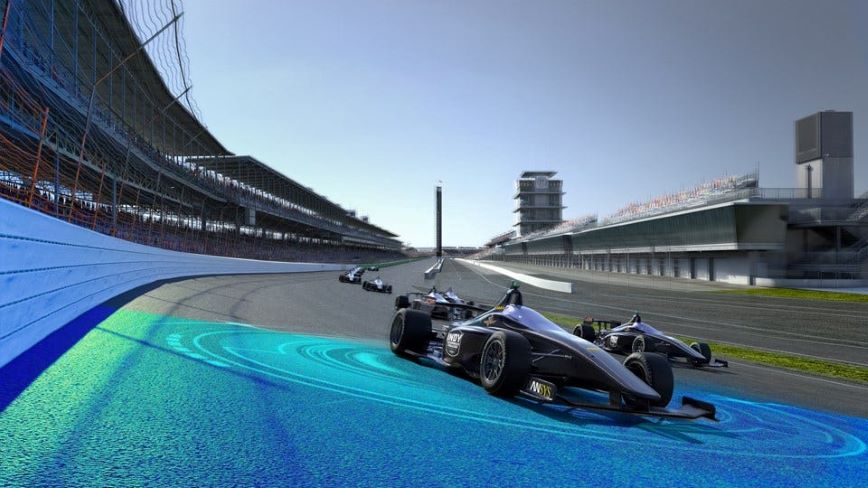The Indy Autonomous Challenge (IAC) plans to showcase autonomous-modified Dallara IL-15 racecars competing in the world’s first head-to-head race at speeds of up to 200 mph around the legendary Indianapolis Motor Speedway. A $1.5 million prize is offered in the competition among universities.

Energy Systems Network (ESN) and the Indianapolis Motor Speedway (IMS), primary organizers of the IAC, announced that 37 universities with programs in AI software and autonomous vehicle engineering have formed 31 teams to enter this first-of-its-kind challenge. Countries represented include Austria, Canada, Germany, India, Israel, Italy, Poland, South Korea, Switzerland and the United States.
The primary goal of the Challenge is to advance technology that can speed the commercialization of fully autonomous vehicles and deployments of advanced driver-assistance systems (ADAS) to lead to increased safety and performance in all modes of racing and commercial transportation. The competition is also a platform for students to excel in science, technology, engineering, art and math (STEAM).
“Testing technology for next generation vehicles is in our DNA, so the Indy Autonomous Challenge showcases our continued presence as a catalyst and proving ground for motorsport and transportation innovation,” said IMS President J. Douglas Boles. “We are proud to provide the racing world’s biggest stage for the first head-to-head autonomous race in history, where these university teams will push the limits of performance and safety on the famed IMS oval—leading to safer and better cars on the highway.”
The Indy Autonomous Challenge builds upon the successful impact of the 2005 DARPA Grand Challenge, which led to expanded R&D in the field of autonomous vehicles. Sebastian Thrun, who led the winning team for the 2005 Challenge, is serving as a key advisor for the IAC.
Key to the success of preparing the university competitors for the IAC race will be a series of hackathons and workshops organized by ESN, its sponsors and collaborators. Teams are directly involved through semi-monthly virtual design reviews (VDRs) and other feedback channels throughout the competition.

